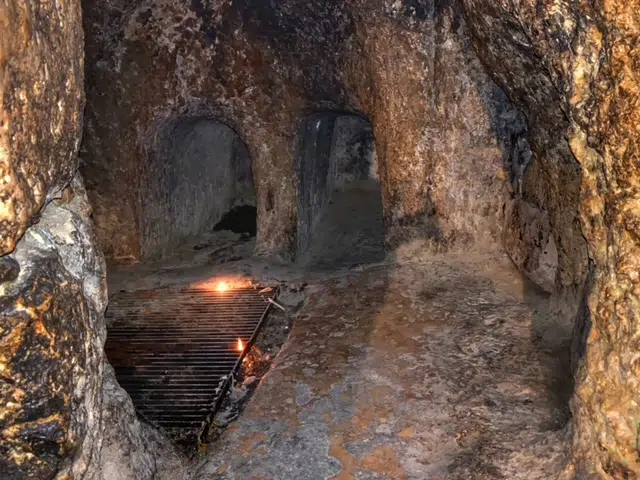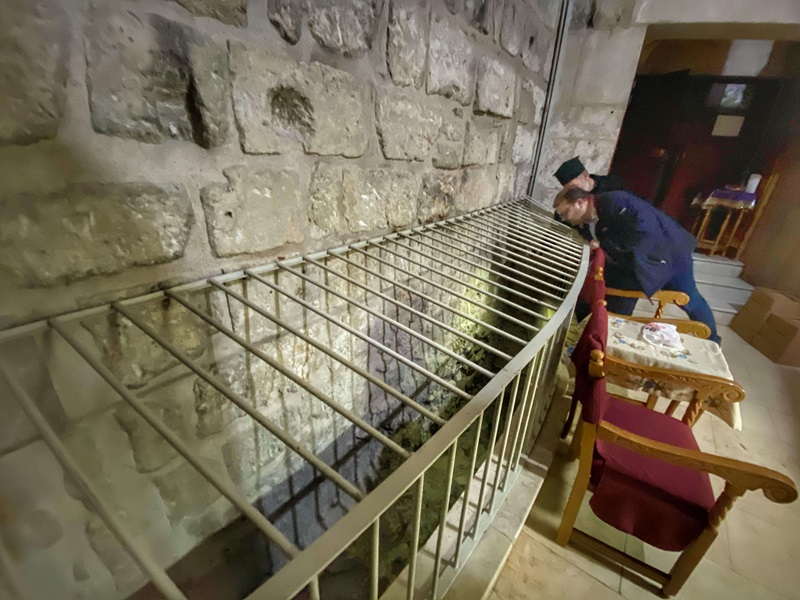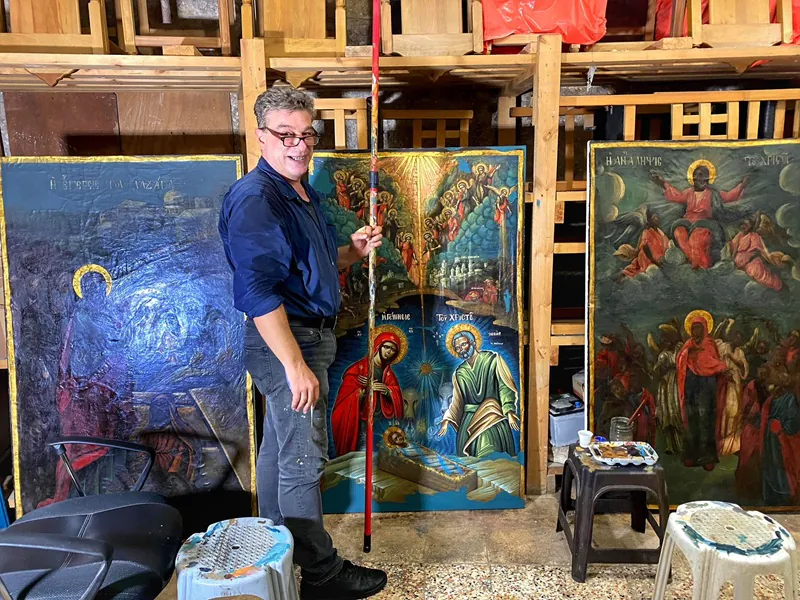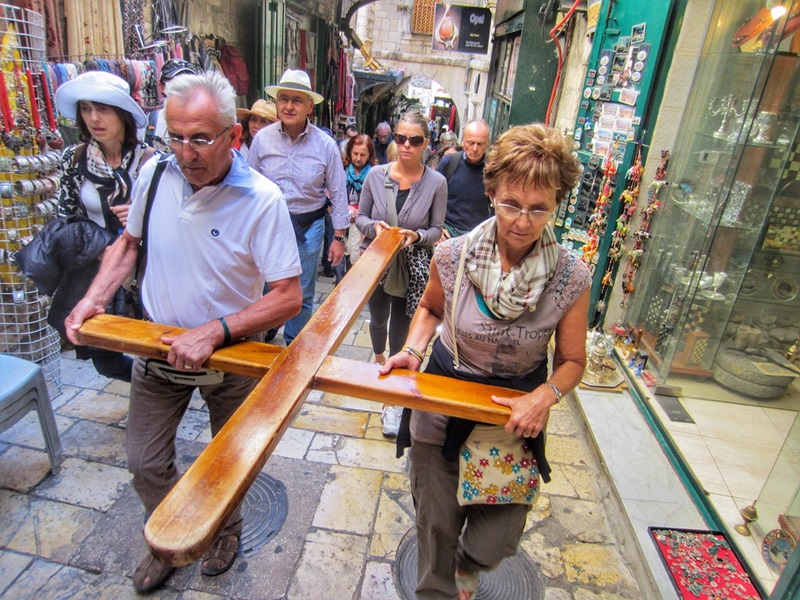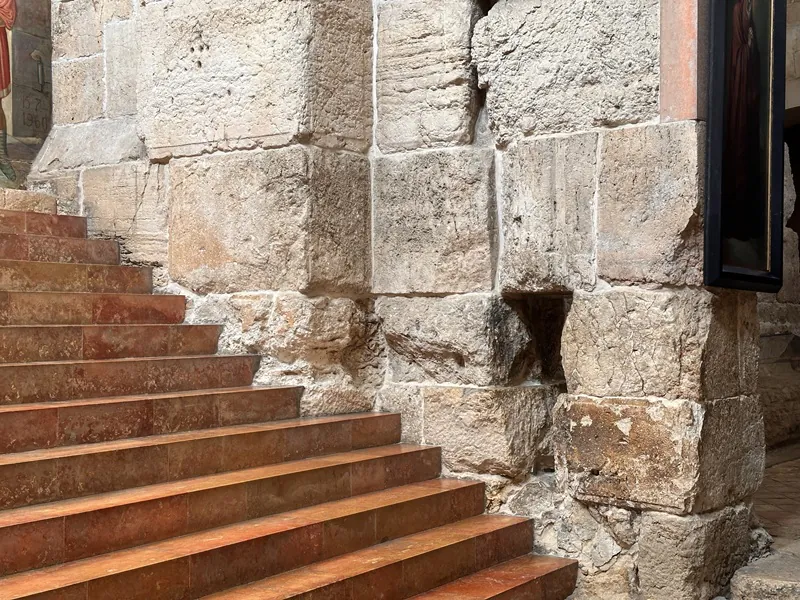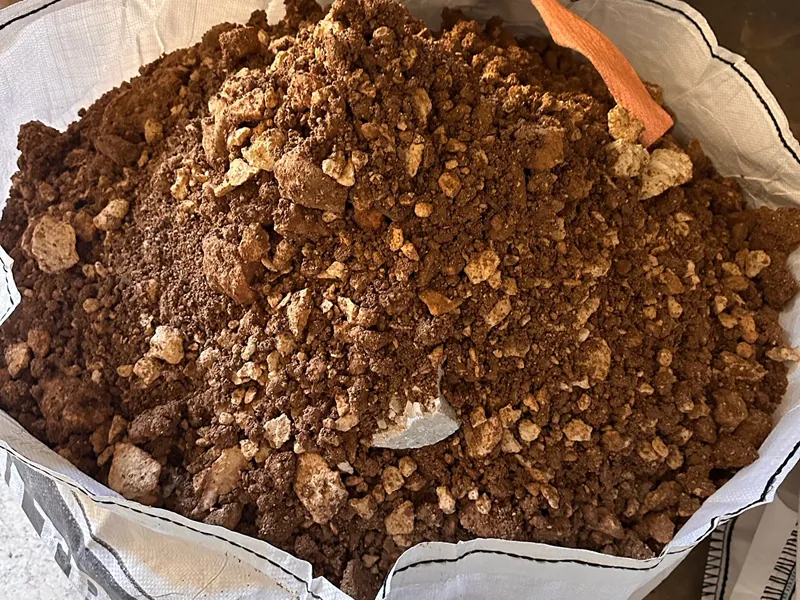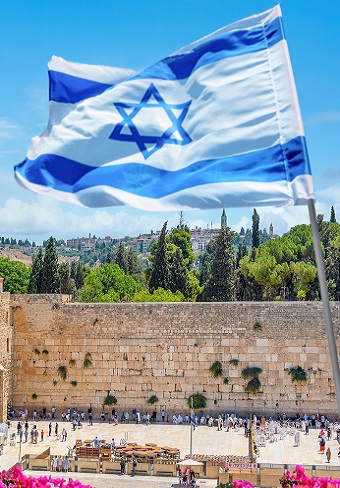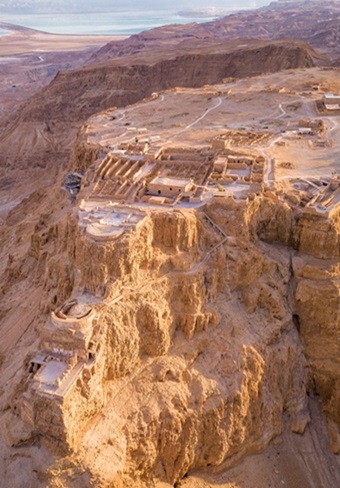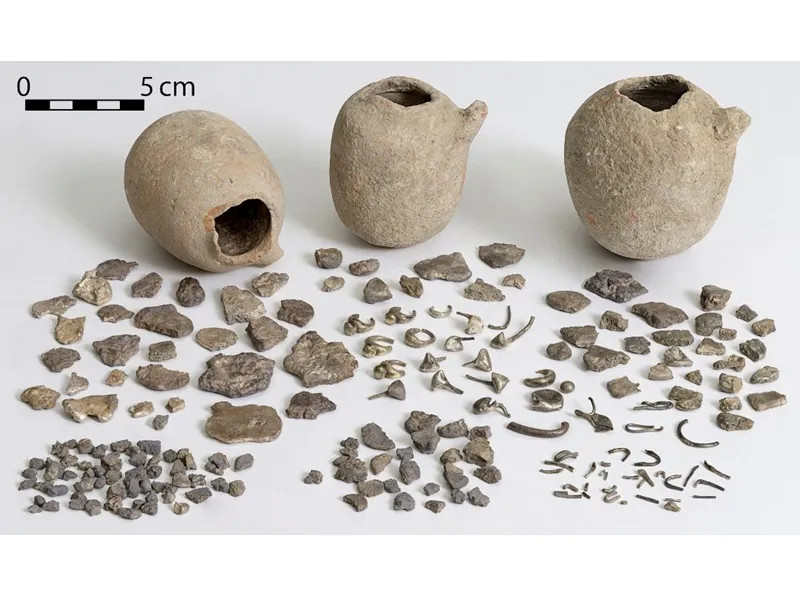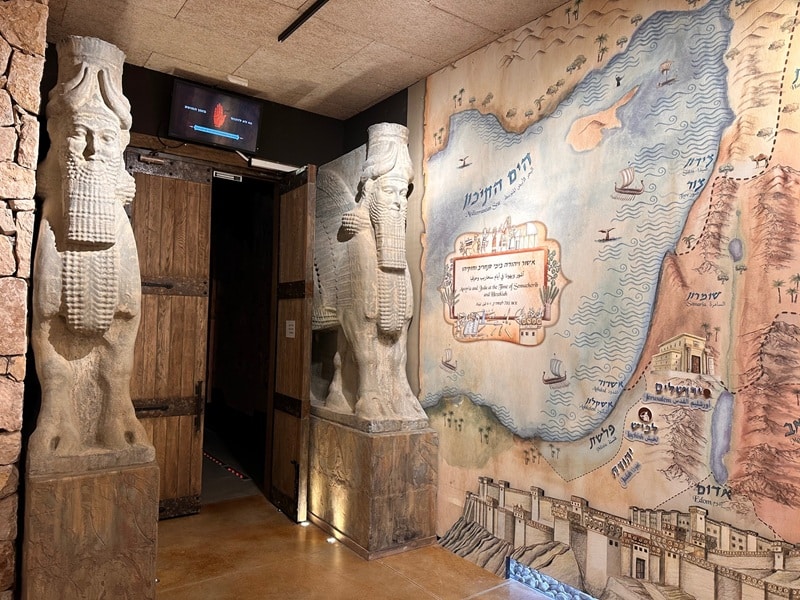Guardians of Faith: The Doors of the Holy Sepulchre
 The Church of the Holy Sepulchre in Jerusalem is possibly the holiest site in Christendom. By centuries-old tradition, it is believed to be both Jesus’s crucifixion and burial site. Founded in the 4th century, the church is jointly managed by six Christian denominations and draws millions of pilgrims annually.
The Church of the Holy Sepulchre in Jerusalem is possibly the holiest site in Christendom. By centuries-old tradition, it is believed to be both Jesus’s crucifixion and burial site. Founded in the 4th century, the church is jointly managed by six Christian denominations and draws millions of pilgrims annually.
The church also has a fascinating history regarding its doors. When the Crusaders renovated the Church in the 12th century, they set a new entry complex at its southern end with two doorways. Each imposing portal stood over five meters high and three meters wide. The panels were crafted from pine and walnut wood, and reinforced on the inside with iron plates. The gateway was framed by eleven marble pillars, crowned with Corinthian stylized capitals with arches above. Its façade once displayed two ornate panels depicting scenes from the life of Jesus. Today, these carvings are preserved in Jerusalem’s Rockefeller Museum.

An Arabic Inscription on the right door of the Holy Sepulchre. (c) Danny Herman
The eastern entry was sealed sometime after Saladin’s conquest of Jerusalem in 1187 AD. That is probably when Arabic inscriptions were added to the door handles. The right handle reads: “Pilgrim, enjoy your desire. Enter into the Lord’s joy, the luminous heaven… the mother of churches.” The left handle proclaims: “Strangers, enter into the courtyards of the Lord, into the tomb of Life, where the grace lives and blessed light prevails.”
The Modern Door-Keeping Tradition
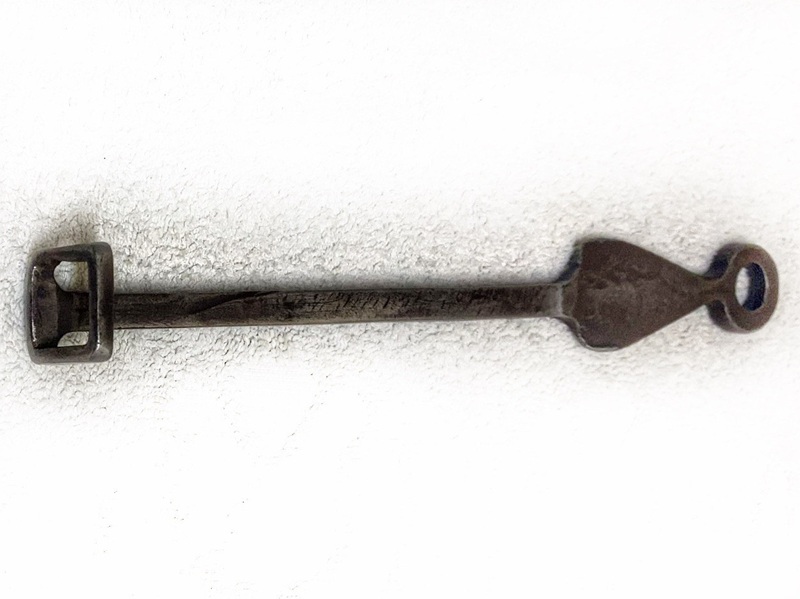
The Original key of the Church of the Holy Sepulchre. (c) Danny Herman
Since 1187 AD the main entrance is controlled by two Muslim families who have held the responsibility for centuries – the Joudeh and Nusseibeh families. The Joudeh family holds the key to the church, while the Nusseibeh family has been responsible for opening and closing the doors. This arrangement was established by Saladin and is maintained to this day to prevent conflicts between the different Christian denominations.
Each morning, Omar, who represents the Nusseibeh family, climbs a small wooden ladder to reach the keyhole of the massive doors. The ritual of opening and closing happens twice daily – early morning and evening. The keys, passed down through generations of the Joudeh family, are considered a symbol of Jerusalem’s interfaith heritage and the delicate balance maintained at this holy site.
The Cracked Pillar and The Miracle of the Holy Light

The Cracked pillar at the entrance to the Church of the Holy Sepulchre. (c) Danny Herman
In Easter 1549, a dramatic event unfolded at the Church of the Holy Sepulchre when Turkish authorities, bribed by Armenian clergy, barred the Greeks from entering the church for the Holy Light ceremony. The Greek Orthodox patriarch, along with his clergy and faithful community, remained outside the locked Holy Door in prayer.
According to Orthodox tradition, divine intervention soon followed. While the Armenian Patriarch waited inside, the Holy Light failed to appear in its usual place within the Holy Aedicule. Instead, witnesses reported the light miraculously emerging through a pillar outside the church. Moreover, to the assembled crowd’s amazement, the Patriarch’s candles spontaneously ignited, allowing him to share the Holy Light with his followers in the courtyard. The Armenian Patriarch remained inside the church, humiliated.
The event’s most significant witness was Emir Tounom, a Muslim guard at the Holy Door. While the Ottoman authorities tried to suppress the news of the miracle, he proclaimed “Behold the true faith”, and converted to Christianity. Martyred by the Ottomans, Tounom’s relics are preserved to this day in the Monastery of the Great Panaghia.
The miracle’s impact reached the Sultan, who subsequently decreed that only the Orthodox Patriarch would have the right to receive the Holy Light. This status quo remains to this day, although in 2008 the Armenians attempted through violence to lead the ceremony.
Interestingly, in 2018, the Armenian priest Aghoyan declared in an interview to Israel’s channel 12 that the fire is lit from a candle set in advance inside the tomb.
